Overview of Anker as a Brand
History and growth
If you’ve ever searched for a power bank or Bluetooth speaker on Amazon, chances are you’ve come across Anker. I remember first stumbling on the brand years ago when I needed a reliable charger for my phone — and back then, it was just a small brand focused on charging tech.
Table of Contents
Fast forward to now, Anker has grown into a household name, with multiple product categories under its belt and a strong reputation for value.
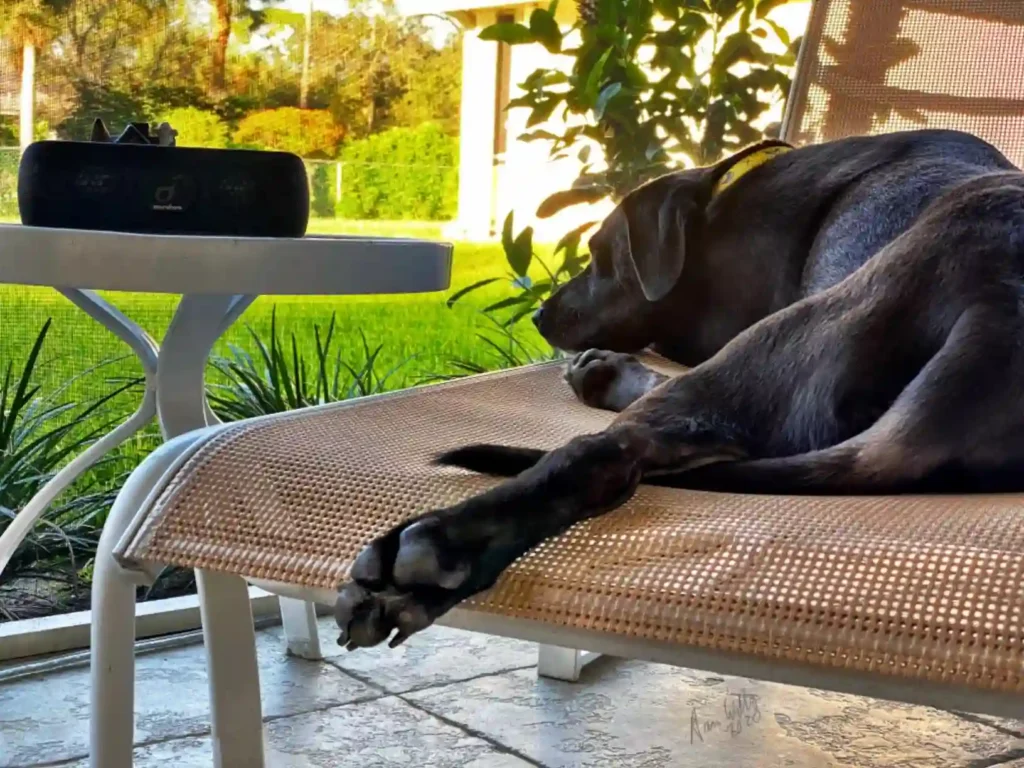
What started as a small venture by a former Google engineer in 2011 has become a global electronics company with a presence in over 100 countries. I’ve watched them expand rapidly — not just with chargers, but also with audio gear, smart home gadgets, and even projectors. It’s clear they’ve been doing something right.
Sub-brands: Soundcore, Eufy, Nebula
What really impressed me over the years is how Anker didn’t just stop at one category. They branched out with a few sub-brands, and I’ve used almost all of them at some point:
- Soundcore – their dedicated audio line, where I’ve tested multiple headphones and earbuds.
- Eufy – for smart home gear; I’ve had one of their robot vacuums running in my living room for over a year now.
- Nebula – their portable projectors, which I tried out during an outdoor movie night last summer.
Each of these sub-brands seems to have carved its own identity, but the consistent thing across them is affordability without totally sacrificing quality.
Market presence and reputation
Anker’s presence on online marketplaces is massive — whether I’m browsing Amazon, Best Buy, or even Walmart, their listings always show up with thousands of reviews. What stood out to me early on was just how consistently they rank high in customer satisfaction. In many ways, they’ve become the go-to brand for people like me who want decent tech without emptying their wallets.
Popular Anker Product Lines
Soundcore (headphones, earbuds)
When it comes to headphones and earbuds, Soundcore surprised me. I picked up the Soundcore Life Q30 for a flight a while back, expecting them to be “good enough.” But they actually delivered way more than I expected for the price — great ANC, solid battery life, and even decent soundstage for gaming or movies.
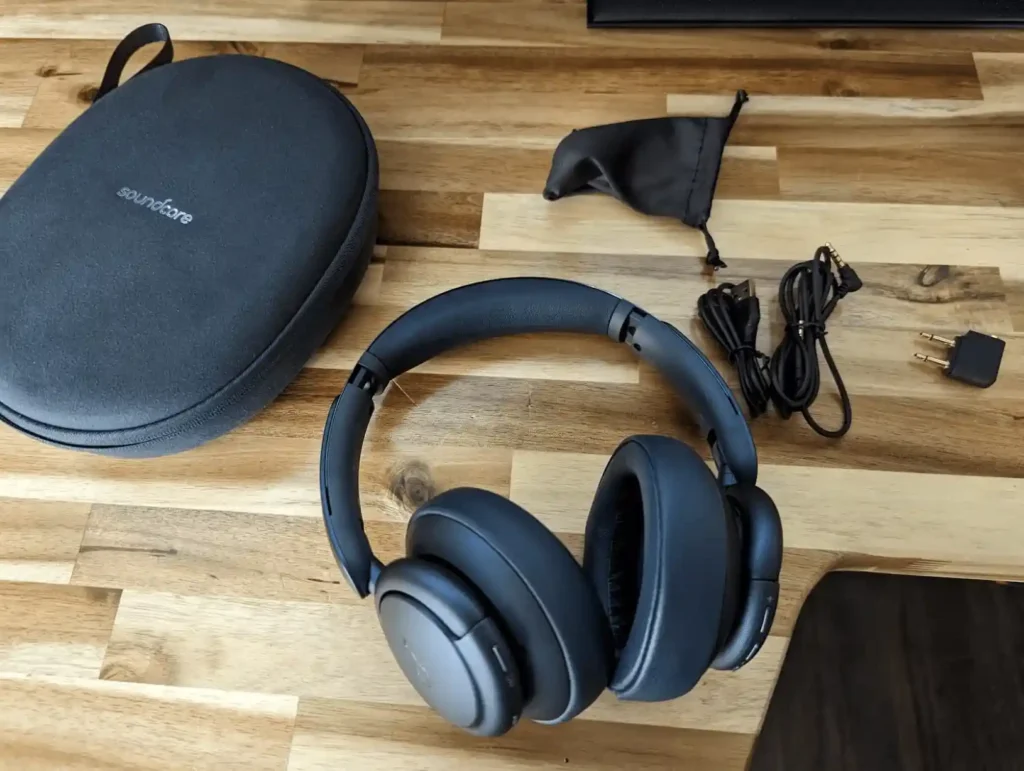
Their newer models like the Space A40 and Space One continue to build on that. While I wouldn’t say they’re on the same level as Bose or Sony in noise cancellation, for under $100, they punch above their weight.
Charging accessories (power banks, USB-C hubs)
This is where Anker really shines. I’ve probably owned five or six Anker power banks over the years — some of which are still going strong. Their PowerCore series is basically my default choice for travel. I’ve also used their USB-C hubs for my laptop setup, and they’ve been rock solid.
What’s nice is they don’t just do cheap accessories — I’ve used their GaNPrime chargers, and they feel premium, deliver fast charging, and stay cool under load. There’s a reason people recommend them all over Reddit and tech forums.
Smart home (Eufy cameras, vacuums)
Eufy has been a bit of a hidden gem for me. I bought a EufyCam 2C security system and a RoboVac 11S Max last year — both were easy to set up, and I haven’t had any major complaints. The vacuum isn’t fancy like a Roomba, but it gets the job done and hasn’t gotten stuck once, even with my two dogs shedding all over the place.
Their app could be better, and I’d love to see more frequent updates, but for the price, I couldn’t really ask for more.
Are Anker Headphones Any Good?
I’ve tested a few of Anker’s Soundcore headphones over the years, and honestly, they surprised me. Take the Soundcore Life Q30 for example — I originally got them as a backup travel pair, but they ended up becoming my daily driver for months. The active noise cancellation worked way better than I expected at that price point, and the battery just kept going. I once went nearly two weeks without charging them — and I use headphones every day.
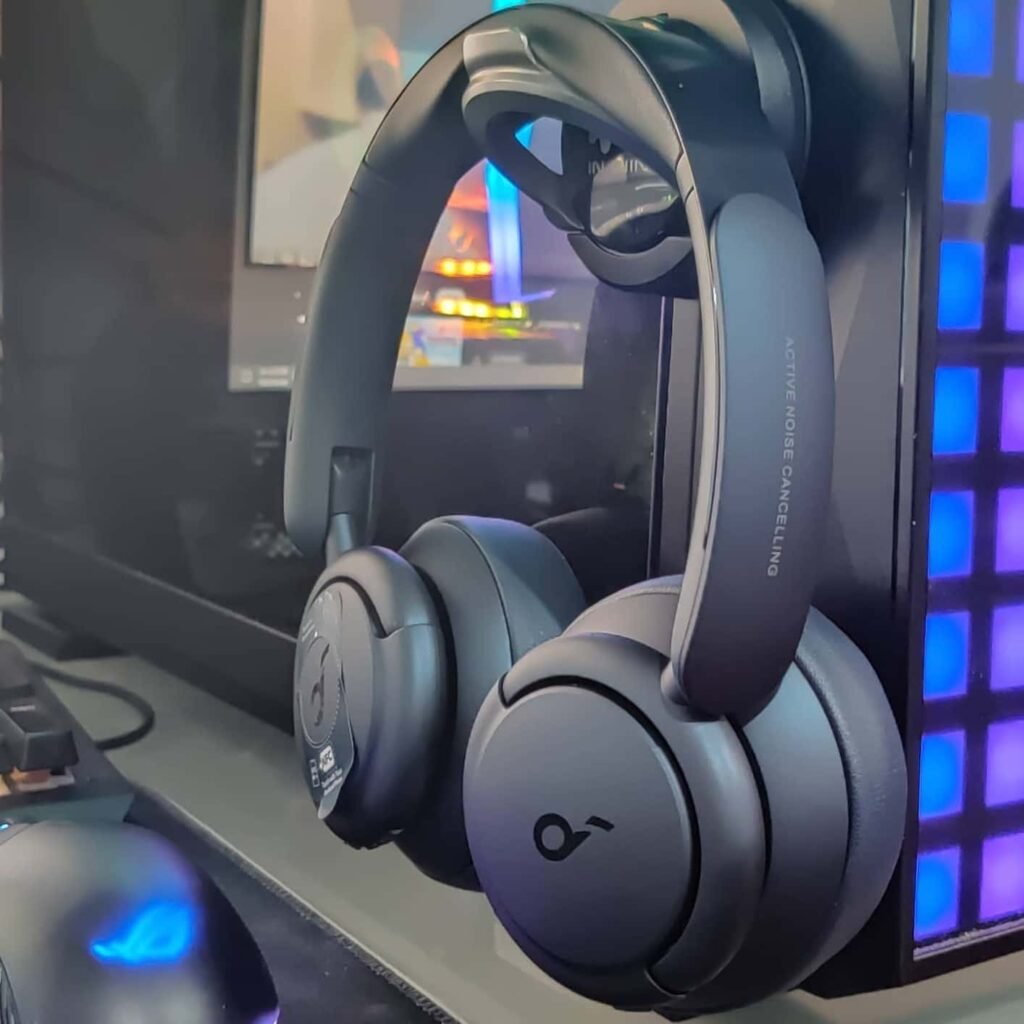
Then I moved on to the Soundcore Space One, and later the A40 earbuds. Both felt like solid upgrades. The Space One had a much cleaner sound profile with deeper bass and better separation, while the A40s were great for everyday use, especially with their compact charging case and multipoint support.
What I really liked was how Anker consistently packed useful features into budget-friendly gear: LDAC support, customizable EQ via the app, solid microphones for calls, and Bluetooth multipoint — things I’d only seen on more expensive brands before.
When it comes to daily music listening or podcast marathons, these headphones held up. And even in gaming, the low latency mode on the A40s was usable for casual sessions — I’ll get more into that below.
Anker for Gaming – What to Expect?
Let’s be real — Anker isn’t exactly a gaming headset brand. But I still wanted to see what Soundcore headphones could do when plugged into a gaming routine. So, I put them through the usual lineup: some Call of Duty, a bit of Overwatch, and even a few rounds of Valorant on PC.
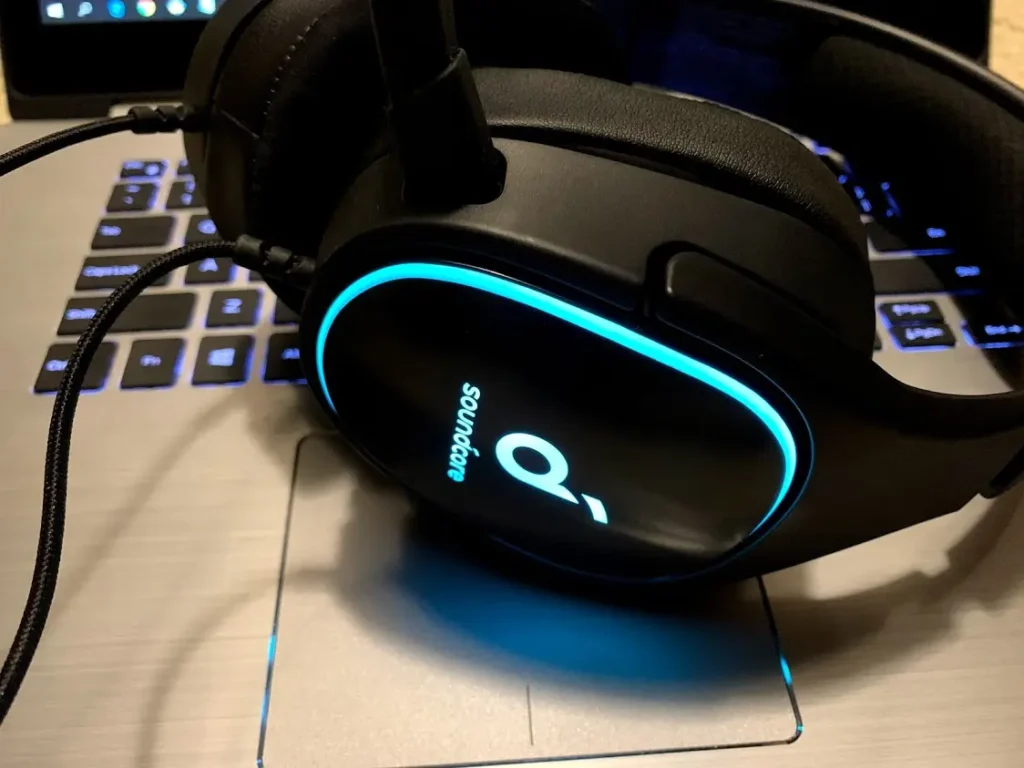
Now, latency on Bluetooth is always a factor, but I noticed the Soundcore A40 and even the Q30 were decent in low-latency mode. Not perfect — there’s still a bit of delay — but for single-player games or more casual titles, I didn’t feel like it held me back.
Wired gaming? That’s where they did better. I used the Q30s with a 3.5mm cable, and the experience was actually pretty enjoyable. Sound cues came through clearly, and the comfort held up over longer sessions. They’re lightweight, and the headband has decent padding, so I never got that “head clamp” feeling.
Microphones were just okay — good enough for voice chat with friends on Discord, but nothing that would wow your teammates. For serious multiplayer, I’d still go with a proper gaming headset, but if you’re like me and game casually with the same headphones you use for music and work, Anker holds its own.
What Do Users Say About Anker?
I’ve spent more time than I’d like to admit scrolling Reddit threads and Amazon reviews, and there’s a clear trend with Anker gear: people like it because it just works. On r/headphones and r/AnkerOfficial, the Q30 and Space One get a lot of praise for offering features that rival much pricier headphones.
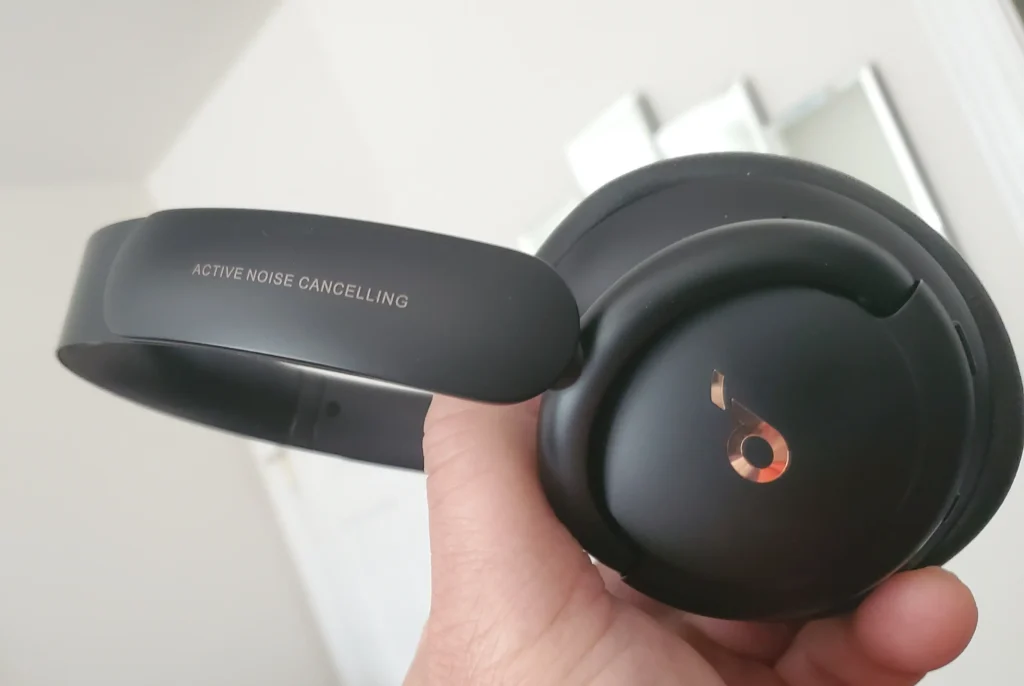
That said, I’ve also seen complaints about build quality — especially on older models. Hinges breaking, headbands cracking, or buttons wearing out after a year or two. It hasn’t happened to me, but I’ve seen enough posts to know it’s not rare.
Over on Trustpilot, their overall rating is decent, with most complaints being about customer service delays rather than the products themselves. In my case, I had to deal with a warranty return once for a charging cable — and yeah, it took a while, but they did send me a replacement without much hassle.
It seems the community agrees on one thing: for the price, you usually get more than you expect. But you’re also not getting flagship durability or tuning.
Strengths and Weaknesses of the Brand
What Anker gets right
- Consistent value across product lines
- Packed with features (ANC, LDAC, multipoint)
- Long battery life
- Wide product variety — chargers, headphones, vacuums, projectors
Anker’s biggest strength, in my opinion, is how well they cover the basics. Most of their products just feel dependable. I’ve dropped their power banks more times than I can count, and they still work. The headphones charge fast and last long. And I love that their app lets me tweak things without needing a degree in audio engineering.
Where they fall short
- Durability on lower-end gear can be hit-or-miss
- ANC isn’t as refined as Sony or Bose
- Not ideal for competitive gaming due to latency
If you’re rough on your gear or looking for absolute top-tier sound, you might want to look elsewhere. But for everyday users — students, commuters, casual gamers — they hit the sweet spot.
How Anker Compares to Other Brands
I’ve tried a bunch of brands in the same price range, and here’s how I think Anker stacks up:
- vs JBL – Anker usually offers better battery life and more features at a similar price, but JBL wins on bass and name recognition.
- vs Skullcandy – I’d take Anker every time. Better app, better tuning, and cleaner design.
- vs 1MORE – This one’s close. 1MORE has a slight edge in sound quality, especially on their multi-driver earbuds, but Anker wins on feature set and app support.
- vs Sony / Bose – No contest here. If you’re chasing the absolute best ANC and soundstage, Sony and Bose are in a different league. But then again, you’re also paying 2–3 times more.
Should You Buy Anker for Gaming or Daily Use?
If you’re on a budget or just don’t want to overthink your tech, I think Anker is a safe bet. For daily music listening, commuting, light gaming, and work calls — they check all the boxes. I’ve even recommended the Q30 to a few friends who just wanted one headset to do it all, and they were happy with it.
For hardcore gamers, streamers, or audiophiles? You might want to invest in something higher-end or more specialized. But if your goal is “good enough, every day” — yeah, I’d say go for it.
Final Verdict
Anker isn’t trying to be the absolute best. They’re trying to give you something reliable, well-featured, and affordable — and in that, they succeed. From my experience with their headphones, chargers, vacuums, and projectors, I’ve come to trust the brand for everyday use.
If you’re looking for value and don’t mind a few compromises, especially on premium features or gaming latency, Anker is a brand worth checking out. It’s not fancy — but it works. And sometimes, that’s all you need.